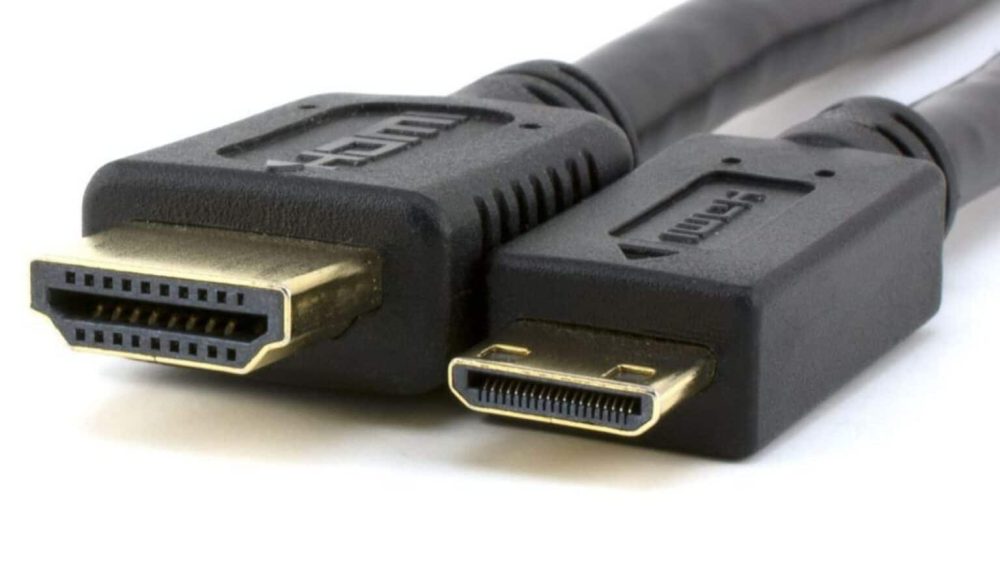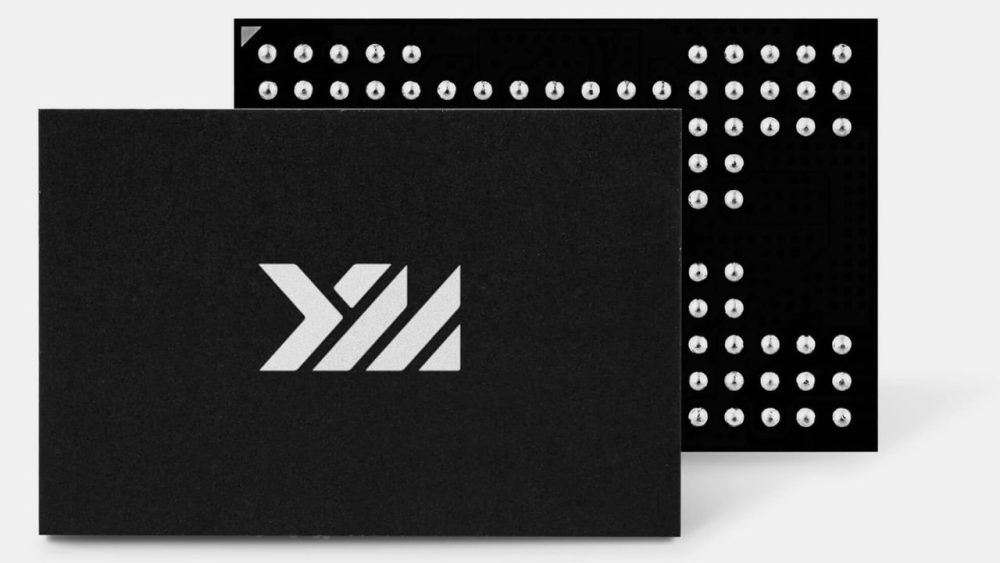If you’ve ever set up a home entertainment system or a new computer monitor, you know the struggle: a tangled web of cables for video, audio, and power. For decades, the solutions have been dominated by Western standards like HDMI and DisplayPort. But a powerful coalition of over 50 Chinese tech companies has just unveiled a bold challenger that promises to simplify everything: the General Purpose Media Interface, or GPMI.
This new standard isn’t just an incremental upgrade; it’s a potential paradigm shift in how we connect our devices, boasting staggering speeds and all-in-one functionality that could make the current cable clutter a thing of the past.
What Exactly is GPMI?
In simple terms, GPMI is a single-cable solution designed to be the only connection you need. It consolidates the functions of multiple cables into one, transmitting:
- Ultra-High-Definition Video and Audio: Effortlessly supporting 8K resolution and beyond.
- Data: Functioning like a high-speed data cable for file transfers.
- Power: Delivering enough electricity to charge even power-hungry laptops.
- Networking and Control: Incorporating features for device communication and control, similar to HDMI’s CEC (Consumer Electronics Control).
The goal is profound simplicity: connecting your laptop to a monitor with a single cable that handles the stunning 8K picture, immersive audio, and charges the laptop, all without a single extra wire or power adapter.
GPMI vs. The Giants: How the Specs Stack Up
The proposed standard comes in two flavors, each targeting different needs:
- GPMI Type-B: This is the behemoth. With a jaw-dropping 192 Gbps bandwidth and support for up to 480W of power, it’s built for professional environments like video production studios, extreme gaming rigs, and high-end medical imaging.
- GPMI Type-C: Designed for mainstream compatibility, this uses the familiar USB-C physical connector. It offers a still-impressive 96 Gbps bandwidth and 240W of power, making it ideal for laptops, monitors, and accessories. This matches the latest HDMI 2.2 standard on bandwidth and doubles down by including robust power delivery.
This puts it in a strong position against current leaders, especially when combining bandwidth and power in a single cable.
A Tangle-Free Future
The advantages for consumers and professionals are clear:
- Ultimate Simplicity: A single cable for video, audio, data, and power results in dramatically cleaner setups behind TVs and desks.
- Uncompromised Performance: Support for the highest resolutions and frame rates ensures the cable isn’t a bottleneck for future 8K and 16K displays.
- Future-Proofing: Being designed from the ground up for integration, GPMI is built to accommodate the next generation of devices.
Why GPMI Faces an Uphill Battle
However, introducing a new standard into a mature market is incredibly difficult. Technical superiority alone is not enough to guarantee success.
- The Ecosystem Lock-In: HDMI and DisplayPort are deeply embedded. Every TV, monitor, graphics card, game console, and media player is built around them. For GPMI to succeed, giants like Samsung, LG, Sony, Microsoft, Nintendo, NVIDIA, and Apple would need to adopt it. Convincing them to abandon a global standard for a new, regionally-driven one is the biggest challenge.
- The Chicken-and-Egg Problem: Manufacturers won’t add GPMI ports if no devices use it, and consumers won’t buy GPMI devices if there are no compatible displays. Breaking this cycle requires massive coordination and investment.
- Beyond Technology: The Geopolitical Factor: GPMI is not just a technical project; it’s a strategic move. As trade and tech tensions between China and the West continue, GPMI is seen as a push for technological self-sufficiency. China aims to control a critical global standard rather than rely on foreign-developed ones. This political dimension may make non-Chinese companies hesitant to adopt a standard led by competitors like Huawei and TCL.
Conclusion
The introduction of GPMI is a classic disruptive move. The tech world hasn’t seen a serious challenger to HDMI/DisplayPort in years, and this coalition has the manufacturing muscle and market influence to force the conversation.
In my view, GPMI is less about immediately replacing HDMI in your living room and more about establishing a strong foothold in two key areas:
- The Chinese Domestic Market: We are likely to see GPMI become the new standard within China first, as it is integrated into TVs, monitors, and devices from Hisense, TCL, Huawei, and others. This creates a massive internal market that can sustain and evolve the standard independently.
- Professional and B2B Sectors: The specs of Type-B are uniquely positioned for high-bandwidth professional applications where the single-cable simplicity for 8K+ video and massive power delivery is a genuine game-changer.
For the global mainstream consumer, HDMI 2.2 and USB-C are likely to remain more than adequate for the foreseeable future. The real significance of GPMI is that it signals an end to Western dominance over core connectivity standards. It proves that the future of tech interfaces will be contested, and that competition, driven by a desire for simplicity and performance, is ultimately suitable for innovation.
The road ahead for GPMI is long and fraught with challenges. But it has undoubtedly succeeded in one thing: proving that the reign of HDMI and DisplayPort is not guaranteed forever.


